HP Logo Design: History & Evolution

Image Source: https://www.theverge.com/2016/4/20/11457746/hp-new-logo-spectre-13-moving-brands-interview | Image Courtesy: HP
When it comes to iconic symbols in the tech world, the HP logo design is a standout that often comes to mind. Hewlett-Packard, or HP as it's universally known, is a brand that has been synonymous with innovation, quality, and trust for decades. Whether you're a tech enthusiast, a graphic designer, or just someone who's ever used a computer (that's pretty much all of us, right?), you've undoubtedly come across this emblem in one way or another. But have you ever stopped to ponder the origins and evolution of the HP logo design?
This article dives deep into the fascinating journey of how the HP logo has changed over the years, adapting to both market trends and design paradigms. We'll explore the ingenious minds behind its inception, the subtle shifts in its form and color palette, and how it has managed to maintain its timeless appeal. Whether you're curious about the history or interested in the principles that guide effective logo design, or perhaps even considering engaging a website redesign agency for your own brand, we've got you covered. So let's get started and unearth the captivating tale of the HP logo design!
HP Logo Design History
1939 - 1954
Ah, the golden age of technology—when computers were as big as rooms and the idea of having a personal one was the stuff of sci-fi novels. It's hard to imagine, but that's where our story about the HP logo design begins. Established in 1939 by Bill Hewlett and David Packard, HP's first-ever logo was a far cry from the sleek and modern version we're familiar with today.
The original HP logo had this quaint, almost retro vibe to it. Imagine a solid black circle serving as a backdrop for the company's initials: "hp." These weren't just any regular old letters, though; they were italicized and lowercased, adding a unique flair to the whole ensemble. Oh, and get this—the tails of the 'h' and 'p' actually extended out from the circle, both at the top and bottom. What's more, these extending tails changed color to black, which was an interesting touch that gave the emblem a distinctive look.
Now, the color palette was super straightforward: monochrome all the way. That's right—just black and white, simple and elegant. This minimalist approach lent itself well to various applications, whether it be stationery, machinery, or company signage.
But the design didn't stop there. Wrapped around the sides of this iconic black circle were the full words "Hewlett-Packard," spelled out in bold, capital letters. The typeface used was both strong and solid, emphasizing the company's commitment to reliability and quality. This original HP logo design encapsulated the essence of what Bill and Dave were all about—innovation with a splash of individuality.
It's intriguing to think how this early version of the HP logo design represented the company's vision and mission during those initial years. In a time of technological uncertainty, the emblem stood as a beacon of the duo's ambition and aspirations. While it may seem outdated now, back in the day, this design was cutting-edge and encapsulated the pioneering spirit of HP as they ventured into uncharted technological territory.
So, there you have it—the intriguing saga of the HP logo design from 1939 to 1954. It may not have had the flash and pizzazz of modern-day logos, but it had character and a unique identity that made it unforgettable. Stay tuned as we continue to explore how this historic emblem evolved over the decades, reflecting the shifts in design trends and technological advancements.

Image Courtesy: HP
1954 - 1974
The mid-century era—a time of rock 'n roll, cultural revolutions, and technological advancements that would shape the future. And speaking of shaping, let's talk about how HP decided to give its logo design a little facelift in 1954. If you thought the first logo was a sign of the times, wait until you hear about this evolution.
First off, HP decided to trim the fat—figuratively speaking, of course. Gone was the additional "Hewlett-Packard" lettering that circled around the original emblem. What we got instead was a clean, uncluttered, and strikingly minimalist design. The new HP logo design sported a black monogram, neatly placed on a white background. But the twist? This monogram was enclosed in a thin, black circle, bringing a sense of unity and wholeness to the design.
The 1954 redesign came during a time when HP was rapidly expanding its product line and entering new markets. Think of the logo as a mirror reflecting the company's maturity and its readiness to evolve while staying true to its roots. It’s as if HP was saying, "Hey, world, we're growing, but we haven’t forgotten where we came from."
So there it is, the HP logo design from 1954 to 1974—a period of incredible growth for the company and subtle but significant changes in its branding. The logo did more than just identify; it told a story, capturing the essence of a brand in transition yet holding firm to its foundational principles. Stay tuned for more as we journey through the fascinating timeline of HP's emblematic identity.

Image Courtesy: HP
1974 - 1981
A time when disco ruled, fashion was… let's just say 'unique,' and Hewlett-Packard decided it was time to bring back some nostalgia. Yes, folks, the "Hewlett-Packard" lettering made its grand return in 1974, but with a twist that truly captured the zeitgeist of the time.
The new badge wasn't your typical round or square logo—oh no, HP went for a slanted vertical rectangle with a dual color scheme of blue and black. Smack dab in the middle was a white circle housing the iconic "HP" initials. This emblem was as far out as the bell-bottoms of the era, but in the best way possible.
The additional "Hewlett-Packard" lettering was done in an elegant serif typeface, italicized at the same angle as the slanted rectangle, giving the whole design a cohesive and balanced look. It was as if HP were tipping its hat to tradition while grooving to the beat of innovation. This iteration of the HP logo design married classic elements with modern flair, aptly reflecting the company's position at the forefront of tech advancement during this period.

Image Courtesy: HP
1979 - 2008
Fast forward to 1979, and we're cruising into an era where HP was pushing technological boundaries like never before. During these years, the HP logo design took a more refined turn. The color palette settled into a calming blend of blue, white, and black—a palette that screamed "reliability" and "innovation."
The white circle with blue lettering found its home on a blue rectangle with softened corners. But here's the kicker: the "Hewlett-Packard" inscription came back, not above or below, but to the right of the graphical elements. Done in black capitals, this two-layered text design added an extra layer of sophistication to the emblem.
These color and layout choices made the HP logo design easily adaptable to various applications, from computers to printers, and even corporate stationery. It was as versatile as it was eye-catching, a true reflection of HP's widening scope and increasing influence in both consumer and enterprise tech markets.
What's most striking about this era is how the HP logo managed to maintain its identity while going through significant changes, capturing the essence of a rapidly evolving tech landscape. This design stuck around until 2008, making it one of the most enduring in HP's history.

Image Courtesy: HP
1999 - 2012
Ah, the late '90s and early 2000s, a time of Y2K panic, the dot-com boom, and yes, another significant shift in the HP logo design. So what changed in '99? Say goodbye to the black lettering, folks! HP decided to go all in on its blue and white color scheme, making it the sole focus of their visual identity.
This wasn't just a color swap; it was a design evolution. The letters got a makeover—cleaner, more refined, and oozing professionalism. Gone were the days of the playful, elongated tails; these letters meant business. The updated design achieved a level of sophistication that really showcased HP's growth into a mature, globally recognized brand.
And let's talk about that blue. Oh, that blue! It became emblematic of HP's aspirations to be both innovative and trustworthy. The refined emblem was adaptable, looking equally stellar on a laptop as it did on corporate reports. This phase of the HP logo design was all about taking things up a notch, showing that HP was not just a player but a leader in the tech industry.
So, if you're keeping track, the 1999-2012 era was marked by a pared-down but increasingly elegant design, one that went hand-in-hand with HP's elevated market presence.

Image Courtesy: HP
2008 - 2014
Fast forward to 2008—a time of smartphones, social media, and another slick revamp in the HP logo design. The color palette was reversed this time, trading the blue background for a fresh white canvas, while the circle itself turned blue.
What really stood out were the white, narrowed "HP" letters that replaced the blue ones. Those iconic tails? They were cleverly "hidden" but not forgotten. This reversal of colors added a crispness to the emblem, making it pop in a way that was both familiar and brand-new.
This design change wasn't just about aesthetics; it was also strategic. The reversed color scheme made the logo more versatile, easily accommodating various media and products. It was as if the HP logo had gotten a trendy haircut but kept its classic personality, adapting to modern times while staying true to its roots.
In a nutshell, the 2008-2014 chapter in the HP logo design story was one of adaptation and refinement. The brand skillfully updated its look without losing its identity, keeping pace with an ever-changing tech landscape.

Image Courtesy: HP
2009 - 2014
2009—a year of pop culture explosions and technological leaps. HP, not to be left behind, decided it was time for a small but impactful update to their iconic emblem. You know how a slight change in your hairstyle can make you feel like a whole new person? That's exactly what HP did with their logo design.
The first thing you'd notice was that the lettering had more room to breathe, both inside the characters and in the space between the 'H' and the 'P.' Both letters were also upscaled a bit, creating a stronger, more vivid contrast within that classic blue and white circular badge. It wasn't a complete overhaul, but it was like putting a fresh coat of paint on a classic car—you keep the essence but make it shine like new.
This refresh signaled HP's move towards a more modern, sleek design while preserving the core identity that we've all come to know and love. Think of it as HP's way of saying, "We're evolving, but we're still the same reliable brand you trust." The 2009-2014 period in HP logo design was all about finesse and nuanced improvements, perfectly aligned with the ever-advancing world of technology.

Image Courtesy: HP
2012 - Present
Fast forward to 2012, and we see another uplifting change in the HP logo. Talk about spring cleaning, folks! HP swapped out its deeper shade of blue for a light sky-blue background. It's a color that just screams "Hey, we're friendly, welcoming, and excited about the future!"
The letters themselves remained untouched in form, but wow, did that new background make them pop! The previously robust letters now looked thinner and finer, almost as if they’d been on a design diet. This change was like that moment when you switch out your regular light bulbs for LEDs—everything just seems brighter and clearer.
The lighter shade of blue introduced a warmth and openness to the brand, making it feel approachable while maintaining its innovative edge. The HP logo design from 2012 to the present serves as a testament to the brand's ability to stay relevant and inviting in an ever-changing tech landscape.

Image Courtesy: HP
2016 - Present
Welcome to 2016—a year of surprises, innovations, and for HP, a bold step into a stylish future. This logo isn't your run-of-the-mill refresh; it's a cutting-edge reimagining that you'll primarily see on HP's premium line of products. Developed by the creative brains at Moving Brands studio a few years prior, this iteration of the HP logo design is truly a work of art.
Picture this: A logo stripped down to its bare essentials—no circles, no colorful backdrops. Just vertical lines that elegantly form the lowercase letters 'h' and 'p.' These lines are italicized and feature straight, clean cuts. It's minimalism at its best, folks, and the simplicity is its secret weapon. This emblem shouts sophistication in whispers, adopting a futuristic aesthetic that's also a bit mysterious. You know that saying, "Less is more?" Well, HP took that to heart, and the result is sheer elegance.
Because of its extreme minimalism, unless you're familiar with the brand, it might even be challenging to figure out who this logo belongs to at first glance. And that's part of its magic. It doesn't scream HP; it subtly, stylishly whispers it, encouraging a second look and inviting curiosity. It's like that mysterious person at a party who doesn't say much but captures everyone's attention—it's cool, intriguing, and impossible to ignore.
All in all, the HP logo design from 2016 to the present is more than just a logo. It's a statement—HP is ready for the future, but it's doing it with style, sophistication, and a little bit of that mysterious allure.

Image Courtesy: HP
Analysis: HP Logo Design Evolution
Let's tie it all together with an analysis of HP's logo design evolution. From its early days in the late '30s to the cutting-edge design it flaunts today, HP's logo has been on quite a journey. It's a rollercoaster ride of design that perfectly encapsulates the brand's history, ideals, and its constant drive for innovation. So let's break it down, shall we?
The Power of Simplicity
The HP logo started with a straightforward, no-frills design back in 1939. Throughout its evolution, even as it adopted various shapes and colors, the core principle remained the same: simplicity works. Whether it was the monochrome palette of its early years or the minimalist vertical lines in its latest iteration, HP has always known that sometimes less is more.
Adaptability is Key
The HP logo has demonstrated remarkable adaptability, changing with the times but not losing its core identity. The various design elements like circles, rectangles, and later, just lines, show that the brand is not afraid to change its 'look' to fit in with the changing technological landscape. This adaptability has allowed the HP logo to stay relevant, which is no small feat in a fast-paced industry like tech.
Color Tells a Story
HP's choice of color in its logo designs has always been more than just an aesthetic choice. The shift from monochrome to blue signaled the brand's expansion and maturity. The later brightening up of this blue to a lighter shade represented a more friendly and approachable company. HP understands that color can be a powerful narrative tool.
Premium Branding
The 2016 logo is mainly used on HP's premium line of products, signaling a move toward high-end branding. This represents a significant shift in how the company wants to be perceived—sophisticated, cutting-edge, and a bit exclusive. It’s a risk but also a calculated step towards setting the brand apart in a crowded marketplace.
A Hint of Mystery
The latest HP logo design is intriguing, to say the least. The stylized, minimalist lines that form the 'h' and 'p' are almost cryptic. Unless you're familiar with the brand, you might not even recognize it right away, and that's okay. This sense of mystery makes the logo—and by extension, the brand itself—memorable.
In conclusion, the HP logo design evolution is a masterclass in branding. From its simplicity to its adaptability, from the tale told by its color choices to its move toward premium branding and a dash of mystery, HP's logo has done more than just identify a brand—it’s told a story, and what a compelling tale it has been.

Image Source: https://www.hp.com/ | Image Courtesy: HP
The Philosophy & Meaning Behind HP Logo Design
Let's delve into the fascinating world of logo philosophy—yep, that's a thing! A logo is more than just a pretty picture; it’s the visual representation of a brand’s philosophy, identity, and aspirations. This couldn’t be more accurate for HP, a company that has undergone various transformations, each reflected beautifully in its logo. So, let's unpack the philosophy and meaning behind the HP logo design.
Simplicity as Elegance
The HP logo design has always embraced simplicity, from its monochrome days to its modern, minimalist design. Simple doesn't mean boring; it means clarity and focus. HP knows that a straightforward design can communicate brand values like reliability and user-friendliness, creating an immediate connection with the consumer.
Adaptability and Evolution
HP’s logo is a case study in adaptability. Tech is an ever-changing field, and for a brand to stay relevant, it needs to be as flexible as a gymnast at the Olympics. HP has managed to change its logo to keep pace with technological advancements and shifts in company strategy, all while retaining its core identity. Adaptability in its logo reflects HP's commitment to innovation.
Color Psychology
HP hasn’t been shy about playing with colors. The shift from a monochrome scheme to the use of blues signifies a lot more than just an aesthetic choice. Blue is often associated with wisdom, trust, and reliability. By opting for this hue, HP subtly communicates these values to its audience. It’s not just a color; it’s a message.
Premium Identity
The latest HP logo design, especially the one from 2016, echoes premium vibes. It's sleek, modern, and somewhat exclusive. By choosing this design for its high-end products, HP sends a clear message: it's not just about technology; it's about a lifestyle of quality and sophistication. This premium feel aligns perfectly with their latest range of top-tier products.
Intrigue & Engagement
The 2016 design, in particular, adds an element of mystery to the HP brand. It’s a move away from the obvious, beckoning the viewer to take a closer look. It’s almost as if HP is saying, “Yes, we’re tech-savvy, but there’s more to us than meets the eye.” This touch of intrigue serves to engage customers in a deeper way, enticing them to learn more about the brand.
In summing it up, the HP logo design is not just a visual gimmick. It's a well-thought-out representation of the brand's philosophy, values, and goals. From its commitment to simplicity and adaptability to its clever use of color psychology and its premium and mysterious undertones, the HP logo stands as a compelling narrative of a brand that's always one step ahead.

Image Source: https://www.hp.com/ | Image Courtesy: HP
What Can We Learn from HP Logo Design
When it comes to designing a logo that stands the test of time, we could all learn a thing or two—or five—from HP's iconic emblem. The HP logo design journey is a roadmap for anyone looking to create a brand identity that not only grabs eyeballs but also withstands the whirlwind changes of the tech industry. So, ready to take some notes? Let's dive into what we can learn from the HP logo design.
Embrace Simplicity
First things first, don't underestimate the power of simplicity. HP’s logo proves that you don't need a complicated design to make a statement. A simple, clean design is often more effective at conveying your brand's message and leaves a lasting impression. In our age of information overload, less is sometimes much, much more.
Be Adaptable but Consistent
One of the genius aspects of the HP logo design is its adaptability. Over the years, the logo has gone through multiple revisions to stay relevant. Yet, the core elements that define the brand have remained consistent. This balance between flexibility and consistency is something every brand should strive for.
Tell a Story with Color
HP has masterfully used color to tell its brand story. Transitioning from a monochrome palette to shades of blue, HP has harnessed the psychology of color to evoke feelings of trust and reliability. The takeaway? Don't just pick a color because it looks 'cool'; choose one that reflects your brand's personality and values.
Target Market Matters
HP’s latest logo iteration, used specifically for premium products, shows the importance of knowing your target audience. The more upscale design reflects the tastes and expectations of a clientele willing to invest in top-tier products. Understanding your target market can help tailor not just your products but also how you present your brand to the world.
Intrigue is Good
The element of intrigue in HP’s most recent logo design is a lesson in brand engagement. By incorporating a bit of mystery into the design, HP encourages a closer look, which, in turn, drives engagement. A logo that provokes thought or curiosity can be a powerful tool for turning casual observers into interested customers.
In summary, the HP logo design is a veritable design clinic. From the power of simplicity to the nuance of color psychology, from staying adaptable yet consistent to understanding your target market and adding a dash of intrigue—these are lessons in branding that are invaluable for anyone in the design or business field.
Conclusion
As we've journeyed through the fascinating evolution of the HP logo design, we've discovered that it's much more than a pretty emblem. It's a masterclass in adaptability, consistency, and brand storytelling. So whether you're a designer looking for inspiration or a business owner trying to decode the secrets of impactful branding, the HP logo has plenty of wisdom to offer. It truly is a blend of art and strategy, making it one of the most iconic and enduring symbols in the tech world. Thanks for joining me on this deep dive into the HP logo design!
Let Us Know What You Think!
These fantastic logo design articles are written and curated by Kreafolk's team. We hope you enjoy our information and remember to leave us a comment below. Cheers!

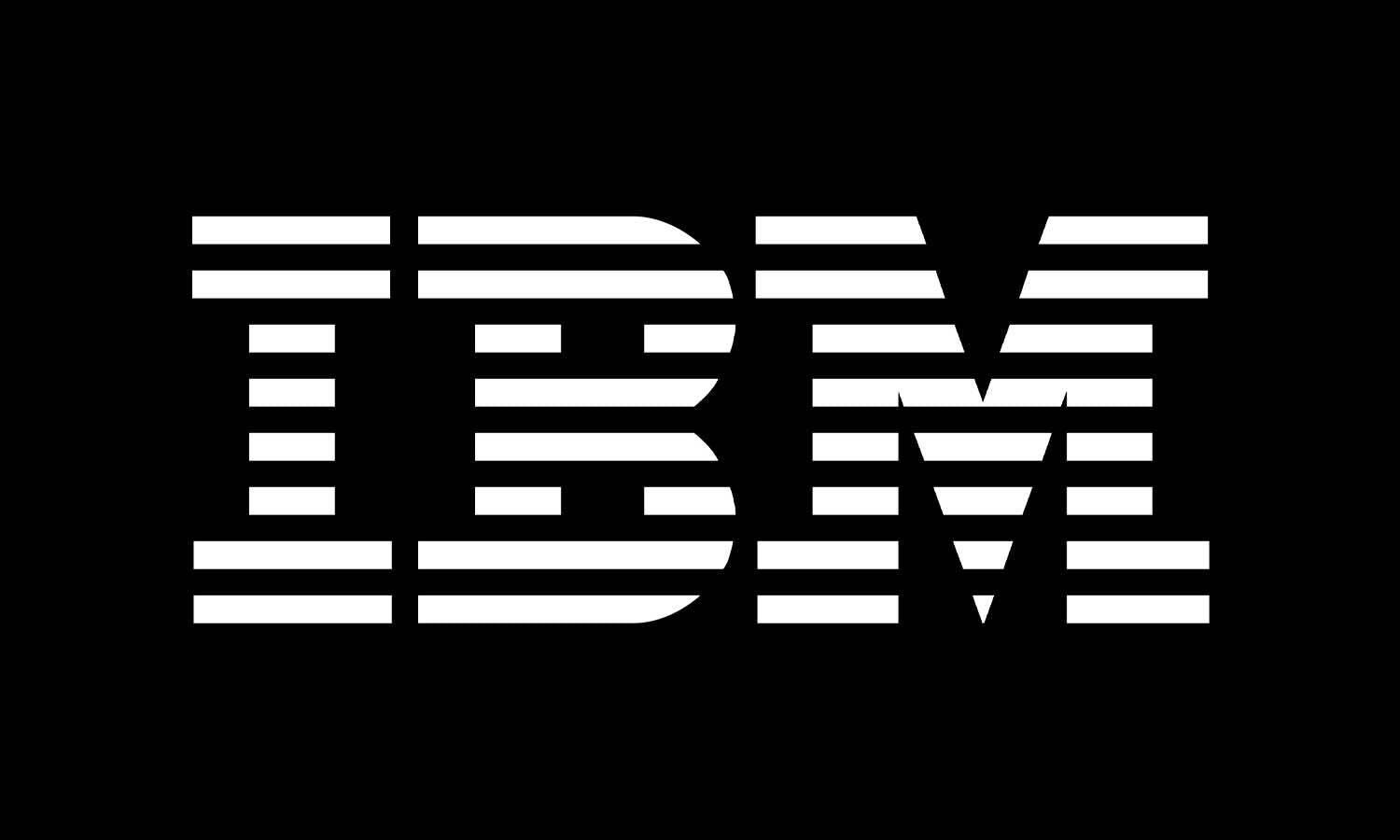
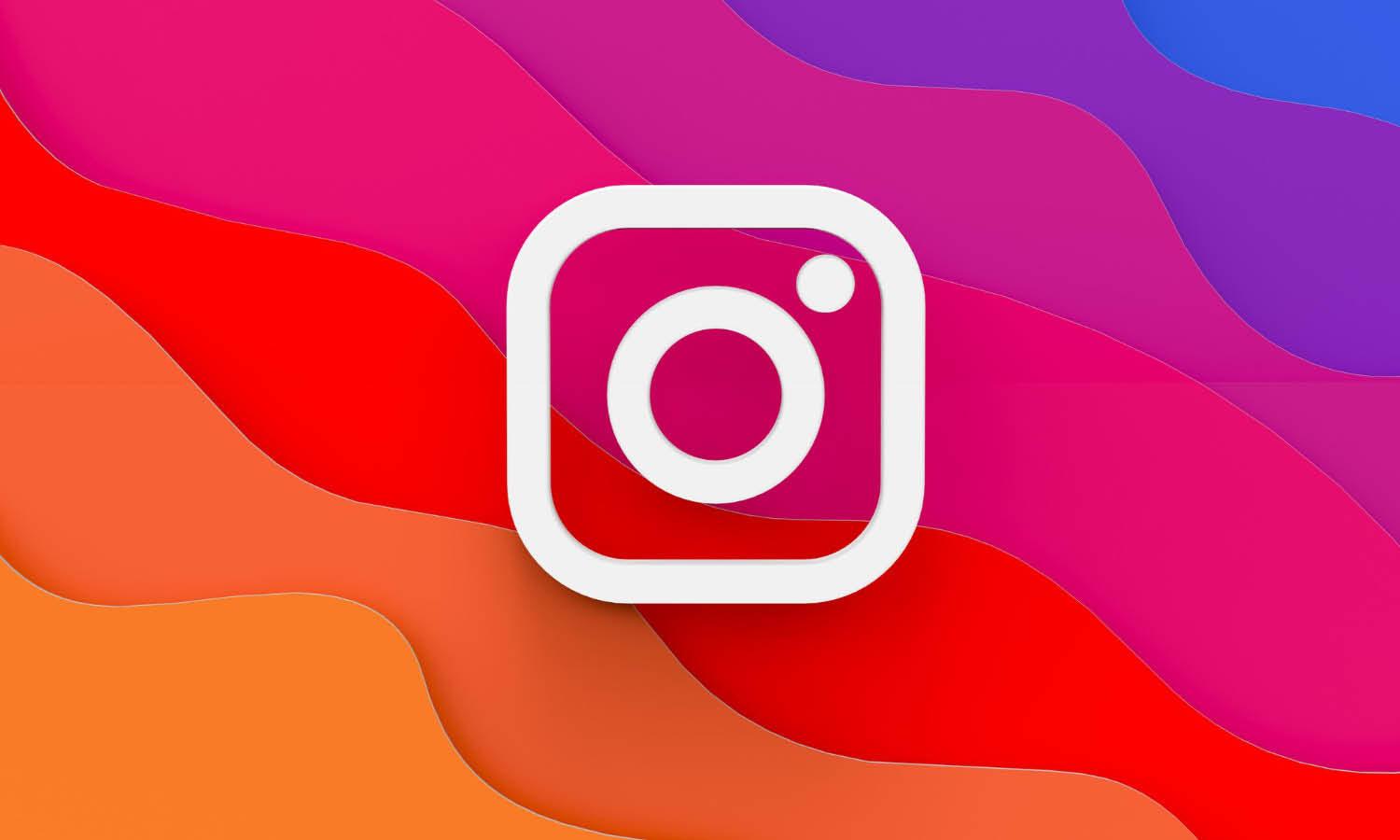
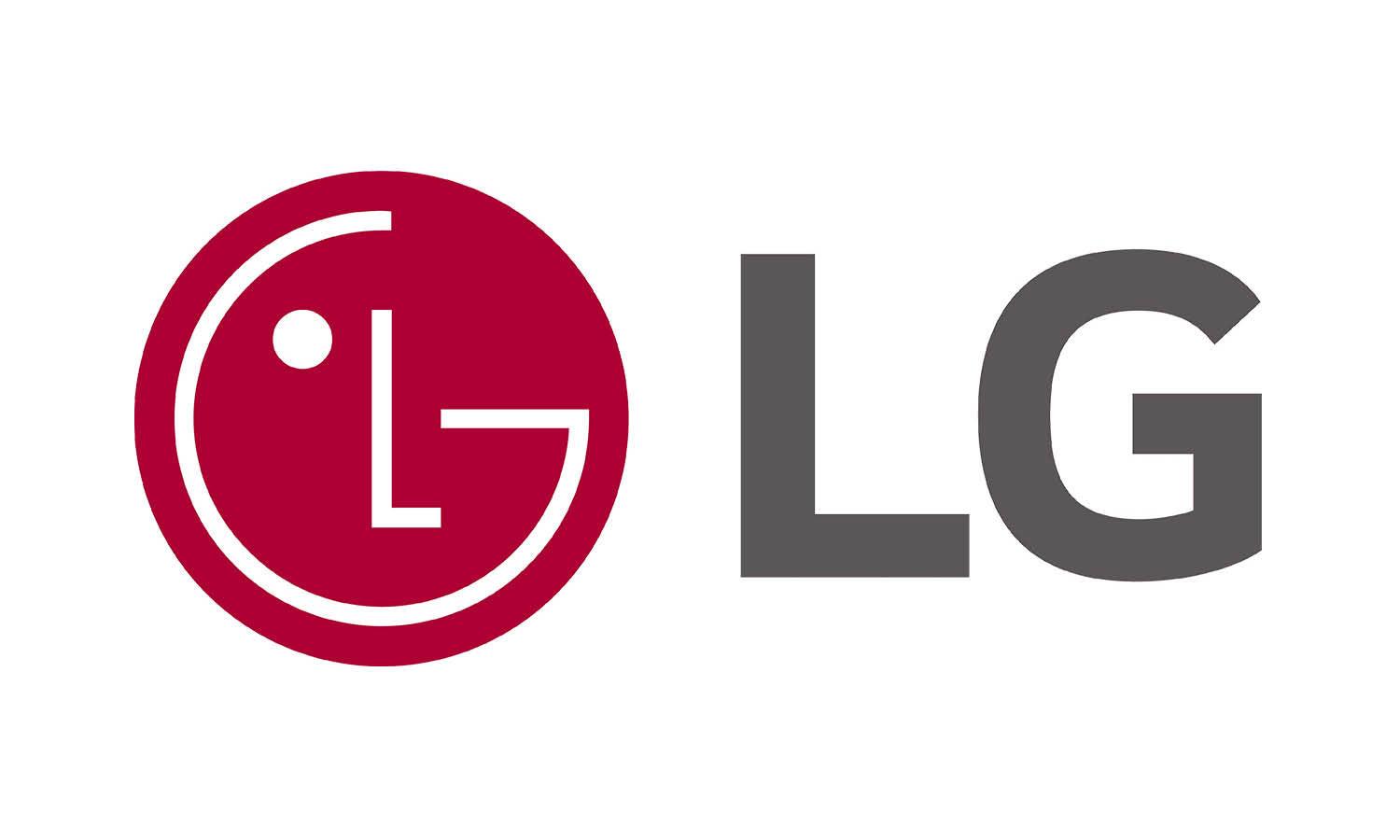
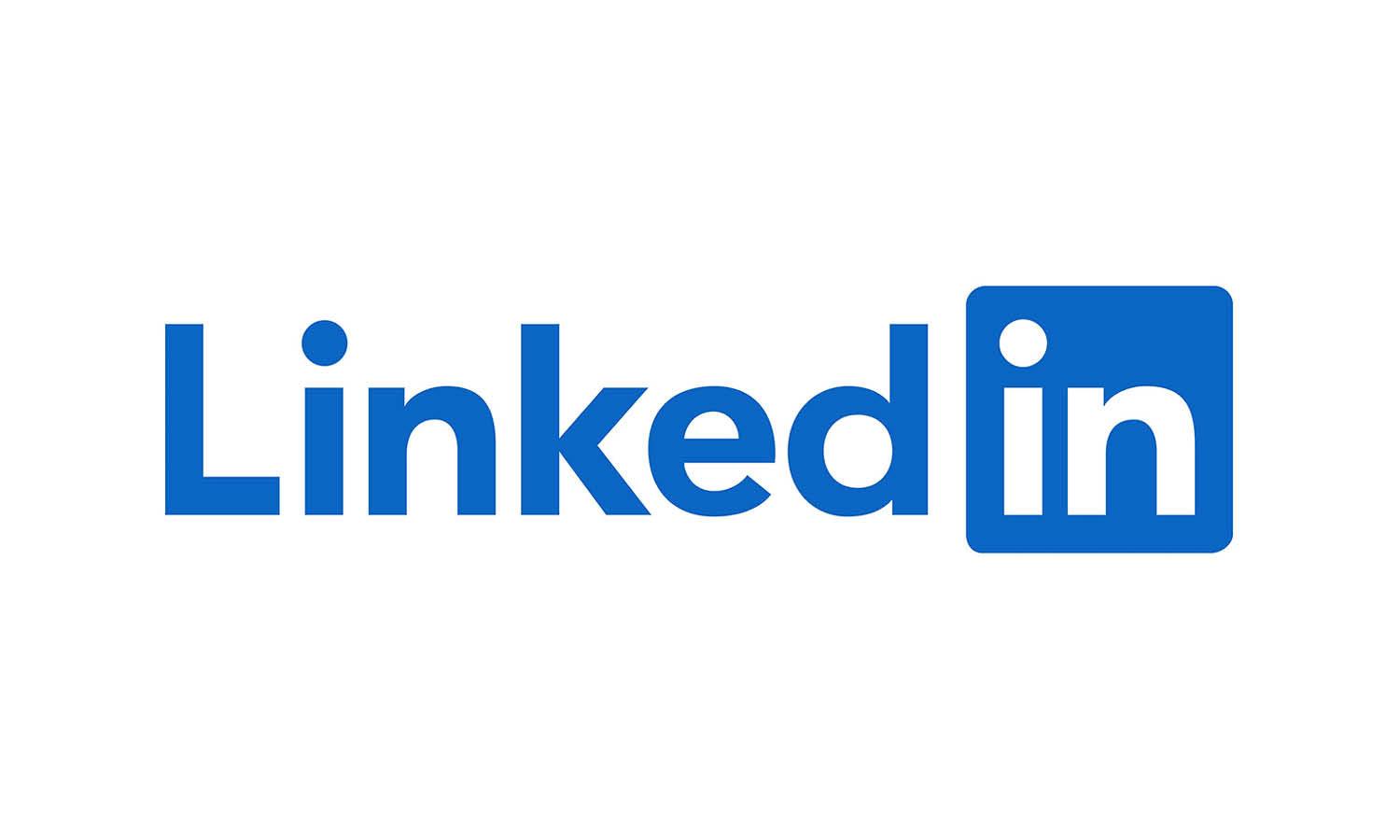

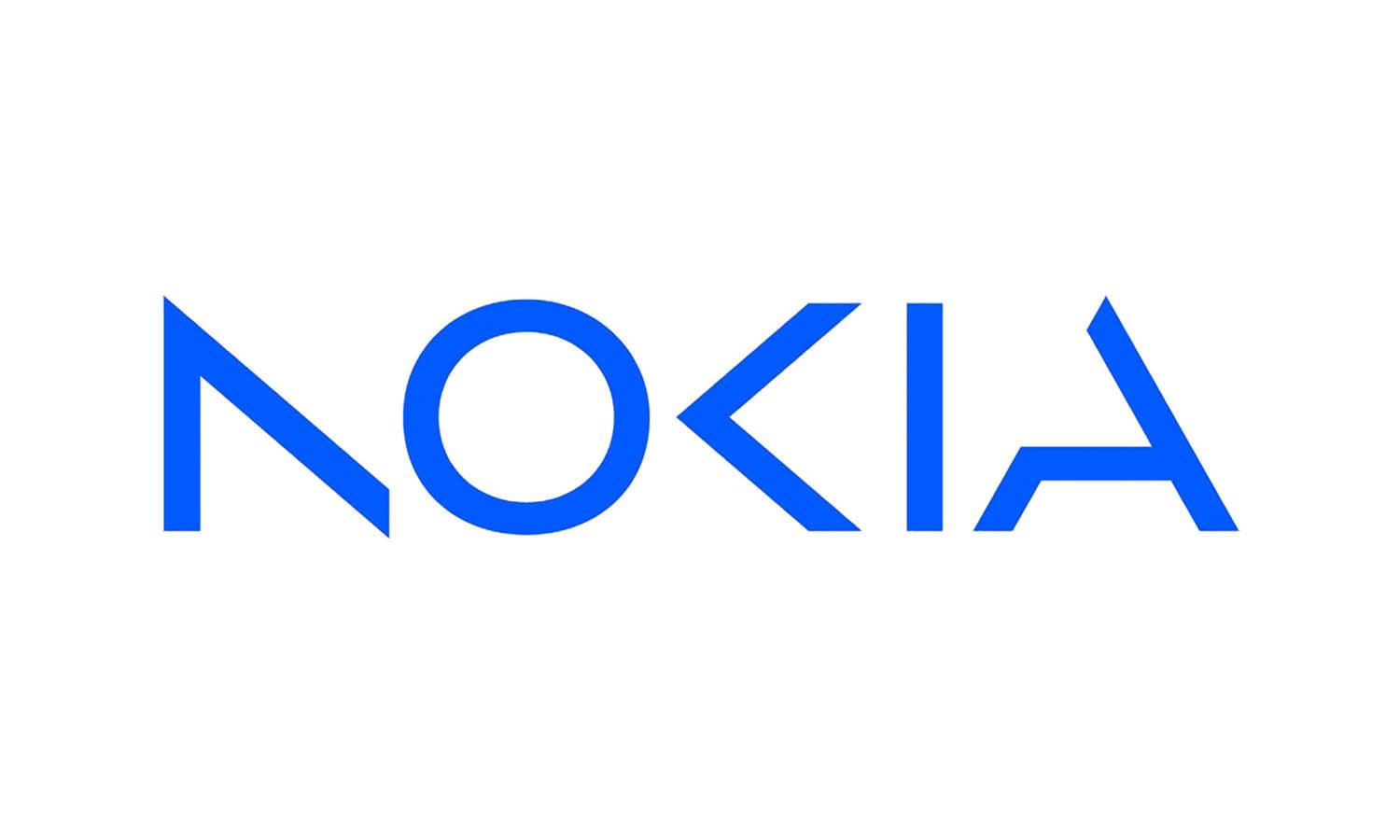
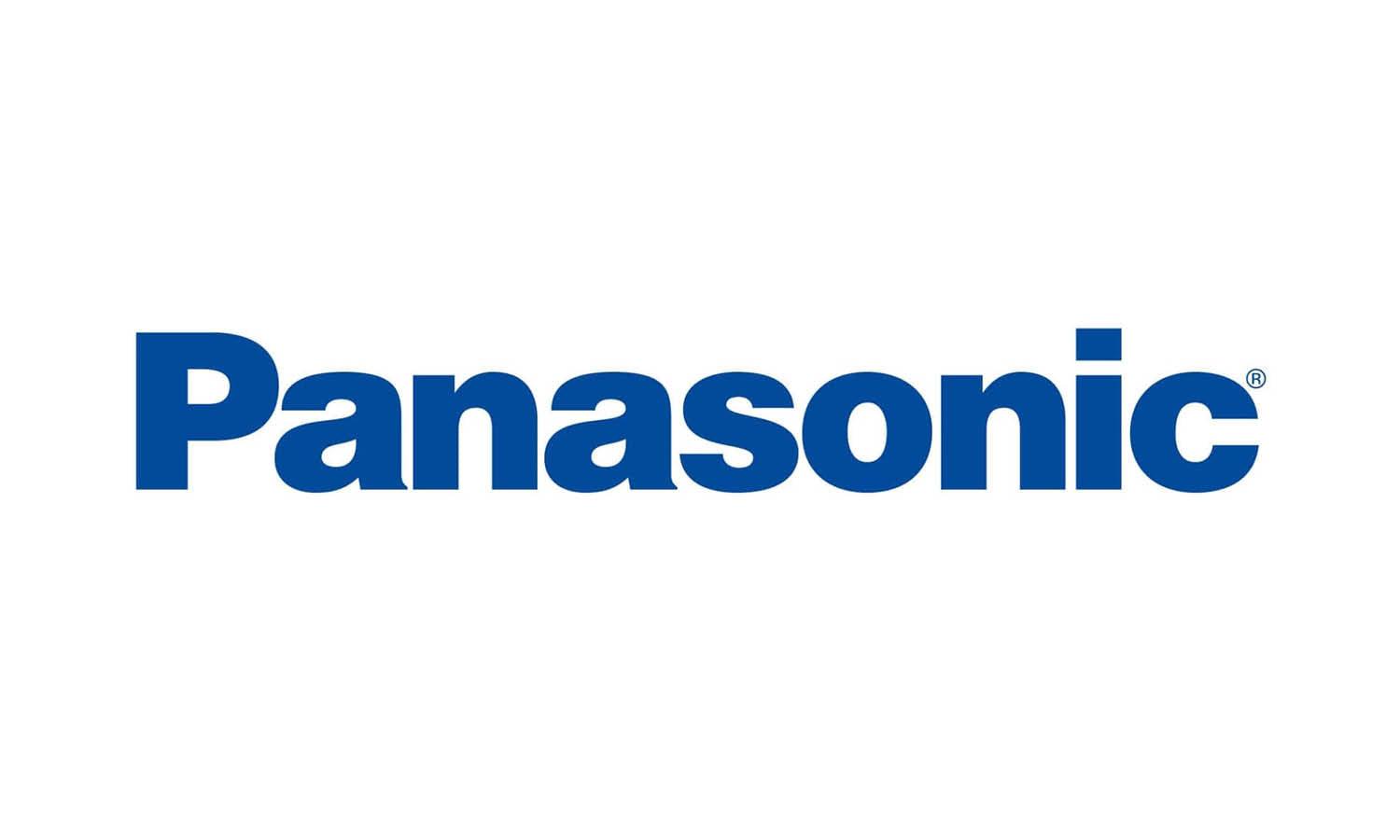
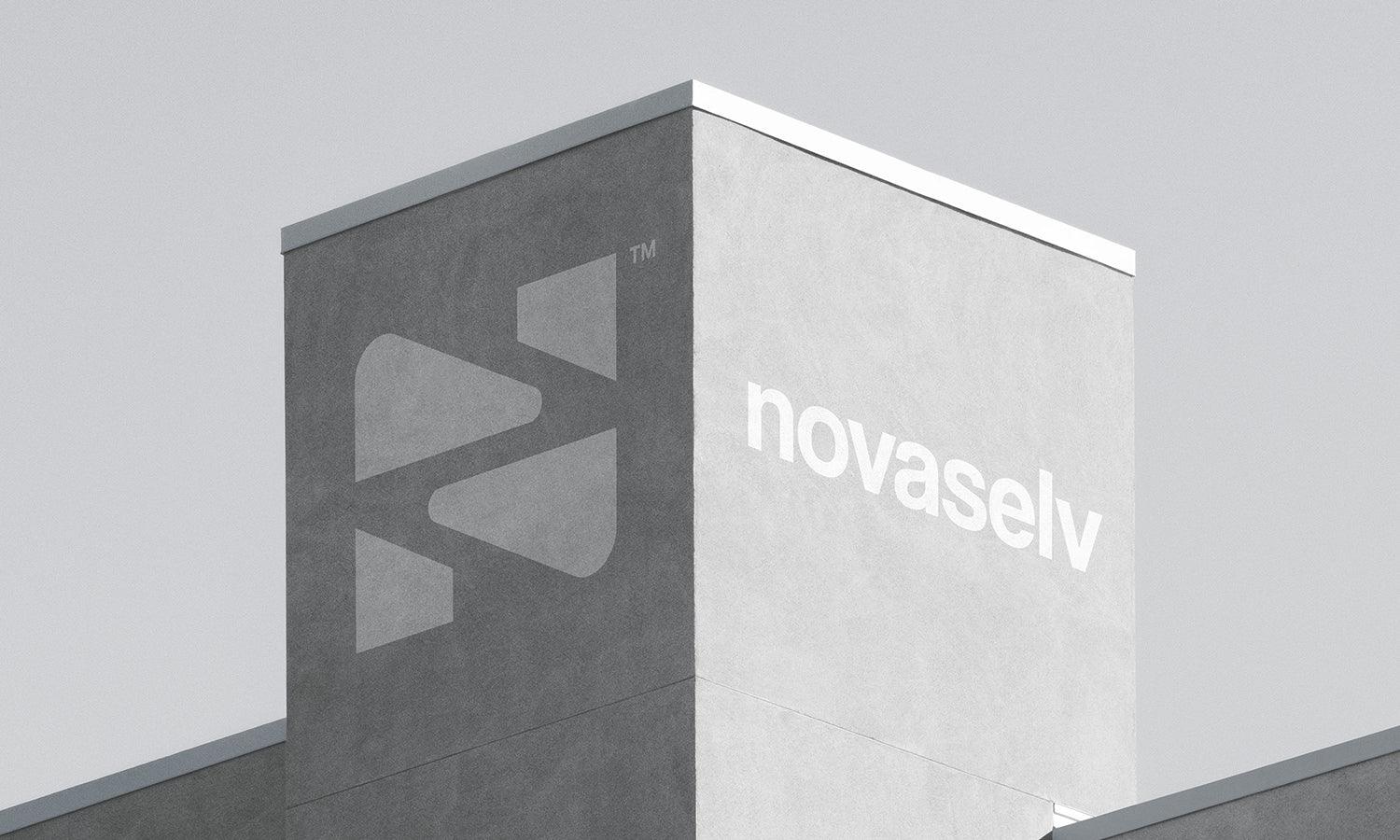







Leave a Comment